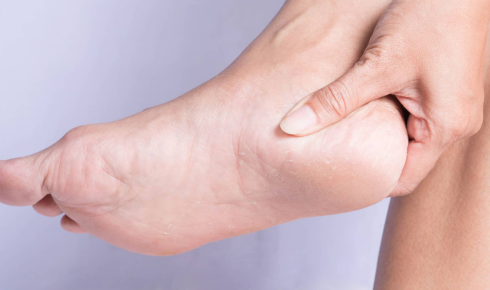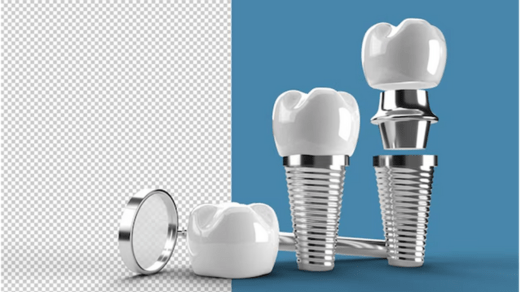A long shift on your feet might seem harmless at first, but the hours spent standing can quietly wear down the body’s foundation. People in jobs that demand constant standing often begin to feel a deep, stabbing heel pain that only grows worse with time. Understanding how everyday work habits affect the plantar fascia helps explain why so many workers eventually seek a plantar fasciitis doctor for relief.
Prolonged Standing Strains the Plantar Fascia Beyond Its Limit
The plantar fascia is a thick band of tissue that stretches from the heel to the base of the toes. It supports the arch of the foot and absorbs the force from walking and standing. Continuous standing loads this tissue without rest, forcing it to hold the body’s weight for hours on end. Over time, this constant tension weakens its elasticity and creates microscopic damage along the heel attachment.
The risk increases in jobs where breaks are infrequent or where workers remain fixed in one position. A plantar fasciitis specialist often explains that prolonged standing prevents the fascia from relaxing, leading to inflammation that worsens with each passing day. This repetitive strain eventually manifests as heel stiffness that’s most noticeable during the first steps in the morning.
Hard Flooring Surfaces Intensify Heel and Arch Pressure
Concrete and tile floors are particularly punishing because they don’t absorb impact. Each step sends a shock wave through the sole, putting extra pressure on the heel and midfoot. Workers in factories, hospitals, and retail stores face this daily, often without realizing that the flooring itself is a major contributor to heel pain.
Over years of exposure, this hard-surface stress accelerates the wear on the plantar fascia. A plantar fasciitis doctor frequently finds that patients with chronic heel pain have spent years walking or standing on unyielding floors without cushioned support. Even with good posture, the lack of shock absorption creates long-term irritation and inflammation in the heel pad and arch.
Limited Movement Restricts Blood Flow to Foot Tissues
Standing still for long periods restricts the natural pumping action that occurs during walking. Blood flow to the lower legs and feet becomes sluggish, starving muscles and fascia of oxygen and nutrients. The longer this restriction continues, the greater the buildup of metabolic waste products that irritate tissue.
This stagnation often triggers swelling and discomfort at the end of the day. A plantar fasciitis specialist notes that reduced circulation delays healing of microscopic injuries in the fascia, leading to chronic pain. Workers who remain stationary for entire shifts are especially vulnerable, even if they wear supportive shoes.
How Muscle Fatigue Contributes to Chronic Heel Discomfort
Leg and foot muscles play a stabilizing role for the plantar fascia. As they tire, they provide less support, forcing the fascia to absorb more of the body’s weight. By the end of a shift, muscle exhaustion can leave the fascia overstressed and prone to injury.
A fatigued muscle system also alters walking mechanics. A plantar fasciitis doctor often observes that patients begin compensating subconsciously by shifting weight unevenly, which places added strain on the heel and arch. Over time, these small adjustments contribute to long-term inflammation that extends beyond the foot into the ankle and calf.
Inadequate Footwear Support Worsens Ligament Tension
Footwear plays an essential role in protecting the plantar fascia from excessive tension. Shoes lacking proper arch support or cushioning allow the heel to strike the ground too forcefully. Flat soles or thin inserts offer little resistance against the repetitive shock that standing jobs impose.
Even a small misalignment between shoe structure and foot shape can amplify ligament strain. A plantar fasciitis specialist often recommends footwear that matches arch type and includes shock-absorbing insoles. Workers who rely on inexpensive or worn-out shoes experience quicker deterioration of foot support, accelerating fascia inflammation and long-term heel pain.
Continuous Load Bearing Inflames the Fascia over Time
The human foot isn’t designed for nonstop load-bearing without recovery. Standing for extended hours compresses the heel pad and stretches the fascia repeatedly. This repetitive motion leads to microscopic tears that trigger the body’s inflammatory response. Swelling and pain are early warning signs that often go ignored until walking becomes uncomfortable.
Without adequate rest, the fascia can’t repair itself efficiently. A plantar fasciitis doctor explains that continuous load bearing disrupts collagen production, reducing tissue strength. This process can evolve from mild soreness to chronic fasciitis that requires medical treatment, orthotics, or physical therapy to reverse.
Why Poor Posture During Long Shifts Amplifies Foot Pain
Posture determines how body weight is distributed across the feet. Leaning slightly forward, locking the knees, or shifting weight unevenly adds extra pressure on the heels and arches. In workplaces where employees stand for long hours, poor posture compounds the physical load already placed on the fascia.
Over time, these misalignments alter gait and muscle balance. A plantar fasciitis specialist might note that even small posture errors—like standing with one foot turned out—can aggravate heel pain. Adjusting stance, using anti-fatigue mats, and incorporating movement breaks can significantly reduce this hidden source of fascia stress.
Repetitive Micro-stress Leads to Tendon Microtears
Each step or shift in body weight produces small amounts of stress across the tendons and ligaments in the foot. While the body can repair these microtears under normal conditions, constant repetition without rest overwhelms the healing process. The fascia and surrounding tendons gradually lose flexibility, resulting in pain that worsens with activity.
A plantar fasciitis doctor identifies these microtears as the underlying cause of chronic inflammation. Over time, the scar tissue that forms around damaged fibers stiffens the foot and limits natural movement. For those in standing occupations, reducing repetitive stress through rest, stretching, and proper footwear can prevent these microtears from progressing into full plantar fasciitis.




